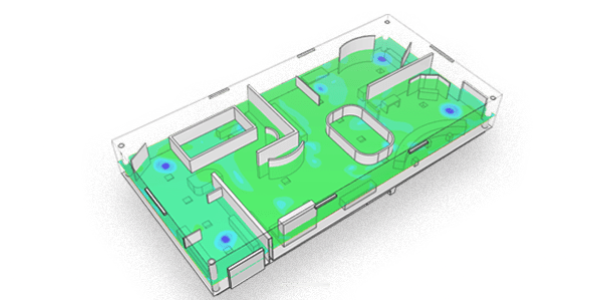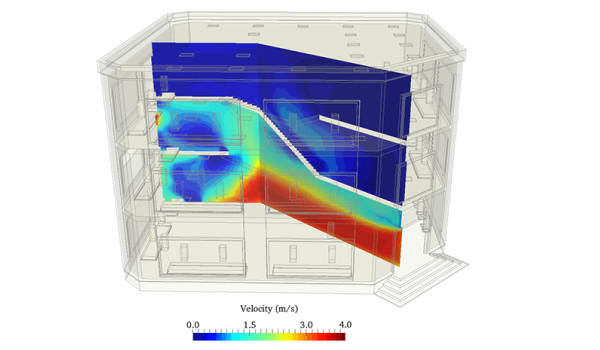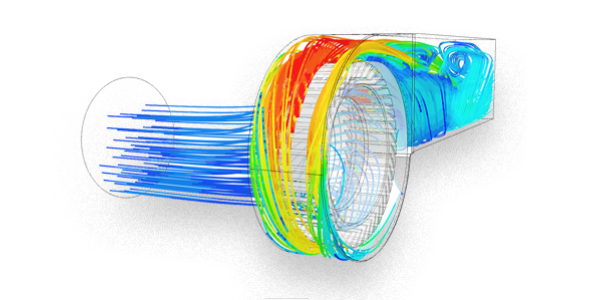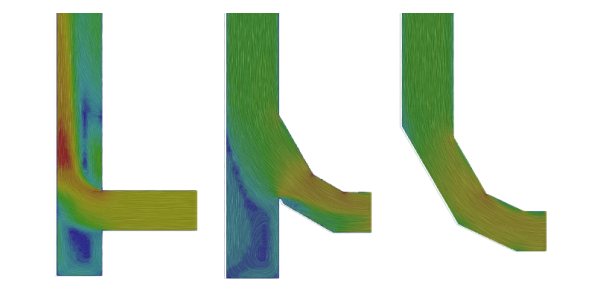
Cloud-Based Simulation and design software for heating, ventilation, and air conditioning (HVAC) applications
Staying competitive requires engineers to constantly innovate and find new ways to improve their designs while reducing the development costs and time to market. The HVAC sector faces significant time pressure as businesses compete to develop energy-efficient products meeting increasingly stringent government standards. Cloud-based CAE with SimScale significantly accelerates the HVAC product lifecycle by enabling a simulation-driven design and prototyping process accessible from any location. The SimScale platform enables you to test several design versions simultaneously and perform computational fluid dynamics (CFD), conjugate heat transfer (CHT) and FEA analyses from a web browser.


In HVAC system design, it is crucial to ensure optimal thermal comfort for people, whether it’s at home or in the office, a theater, a plane or a car. SimScale can help predict thermal comfort by testing the placement or number of air supply outlets and evaluating thermal comfort parameters as per ASHRAE 55 and ISO 7730, which are based on Predicted Mean Vote (PMV) and Predicted Percentage of Dissatisfied (PPD). Additionally, temperature gradients, air distribution or velocity plots can be assessed.
Reduce energy consumption for HVAC systems in buildings, data centers, and equipment via optimized heat exchanger designs, ducting, fan or cooling unit placement. SimScale helps engineers visualize numerical simulation results in order to assess requirements for LEED or BREEAM certification. To learn more, view this on-demand webinar conducted in collaboration with Qatar Green Building Council.


With SimScale, you can predict the performance of rotating machinery and flow control devices used in the HVAC industry like industrial fans, compressors, pumps, blowers, air handling units and ducts. CFD analysis in SimScale helps to optimize designs to minimize pressure drop across components and improve heat circulation. SimScale can also be used to optimize heating equipment. Learn more about how CFD can be used to predict the aerodynamics of centrifugal fans.
Customer Success
Using SimScale’s HVAC CFD, Glanzner Dynamics dramatically improved a ventilation exhaust pipe design, eliminating noise concerns and optimizing airflow in less than one working day.



Check out all the success stories of our customers in the HVAC industry
See All StoriesCheck out the latest HVAC simulations performed in SimScale and validated against experimental and/or analytical results.
Your hub for everything about HVAC and the world of simulation and analysis in the cloud.
Sign up for SimScale
and start simulating now